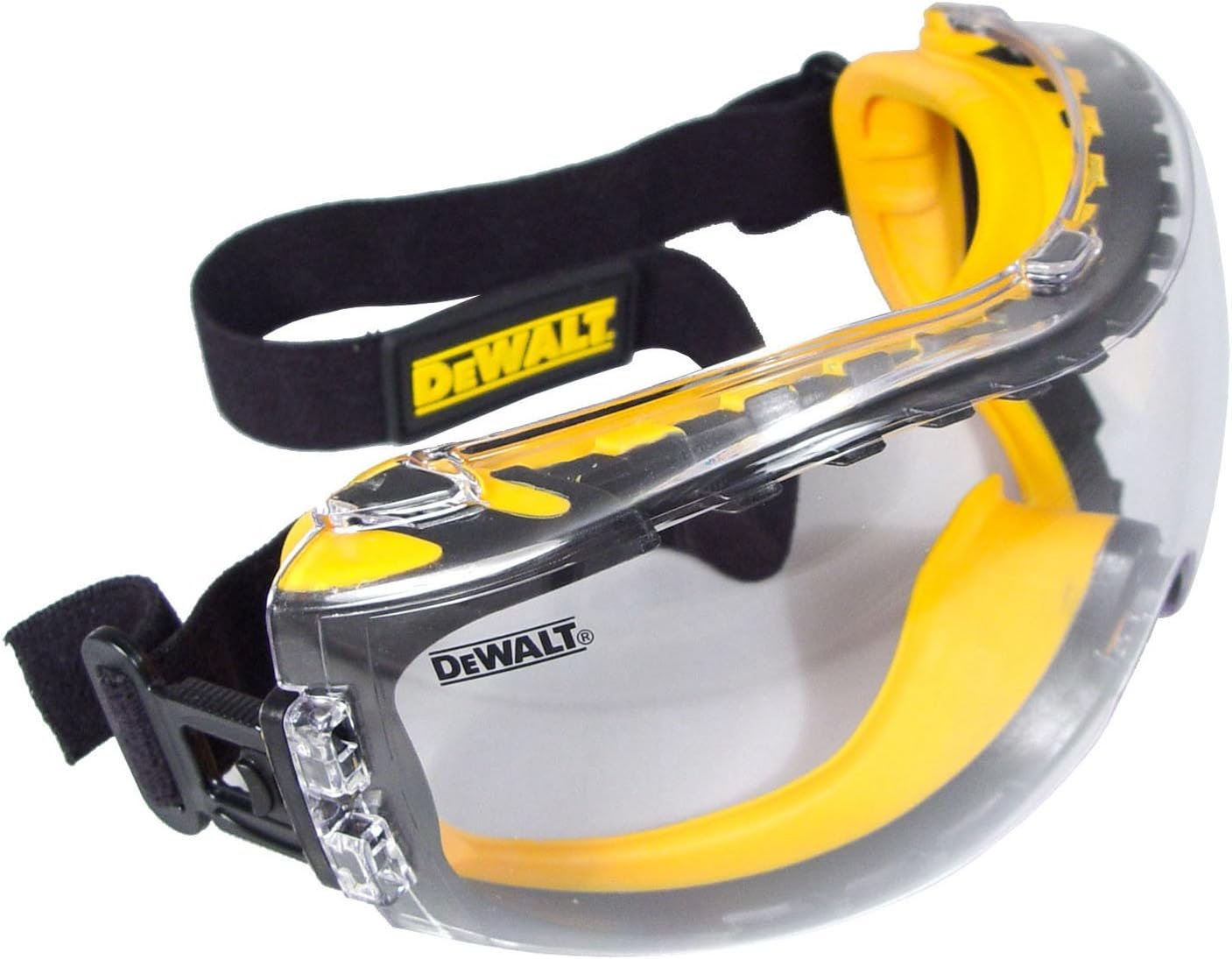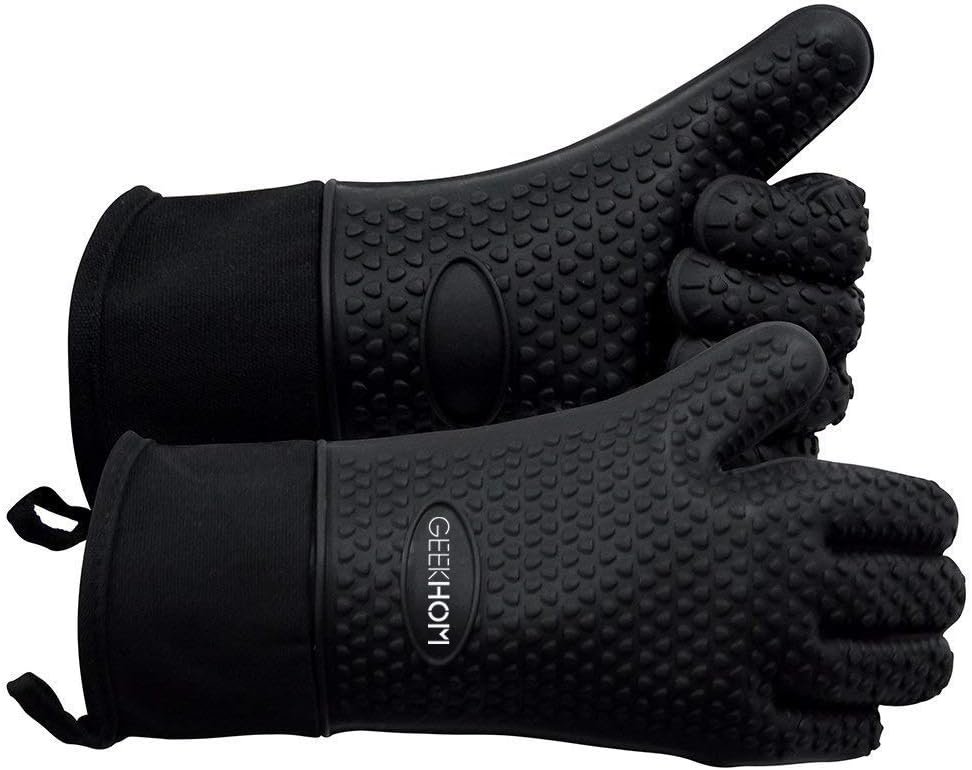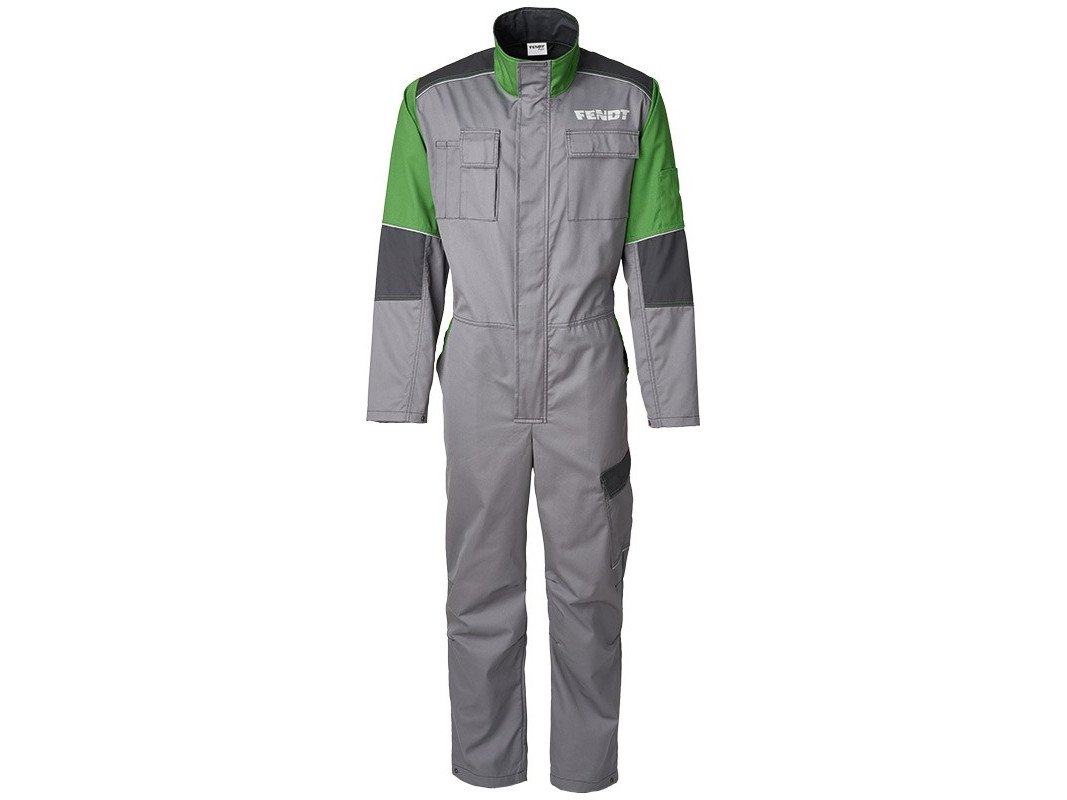A Complete Guide on Personal Protective Equipment (PPE) When Using Our Injection Machines
Introduction
Welcome to the world of sustainable manufacturing with our innovative injection machines! As you embark on this journey of transforming waste into valuable products, it's crucial to prioritize safety. Personal Protective Equipment (PPE) is not just a recommendation; it's a necessity to ensure a secure and efficient working environment. This guide will walk you through the essential PPE items required when operating our injection machines. From protecting your eyes to safeguarding your feet, we've got you covered. Let's dive into the key components of PPE, ensuring your safety as you make a positive impact on the environment.
Respiratory Protection
While operating our injection machines, it's crucial to protect yourself from Volatile Organic Compounds (VOCs) potentially released during the melting of plastics. We recommend a full-face mask, which offers a greater level of protection compared to half masks. A full-face mask not only covers your respiratory system but also provides vital protection for your eyes and face against fumes and particles. Ensure the mask is fitted with an ABEK1 filter (Sometimes called A1B1E1K1), suitable for filtering a range of chemical vapours and gases. Always use these masks in combination with a fume extractor, like our SDS Fume Extractor, and in a well-ventilated area to maximize safety and minimize exposure to hazardous emissions. This approach ensures comprehensive protection while you harness the capabilities of our injection machines.
ABEK1 Filters: UK Supplier
Full Mask: UK Supplier
Half Mask: UK Supplier
Safety Glasses
Safety glasses are a fundamental component of Personal Protective Equipment (PPE) when working with industrial machinery. However, it's important to note that if you're using the recommended full-face mask equipped with an ABEK1 filter, as discussed earlier, the need for separate safety glasses is mitigated. The full-face mask already provides comprehensive protection for your eyes against splashes, flying debris, or dust that might occur during the injection moulding process.
If you choose to use a half-mask or in scenarios where the full-face mask is not employed, safety glasses become essential. They should offer wrap-around protection to guard your eyes from all angles. Make sure the safety glasses you select conform to the appropriate safety standards, providing both impact resistance and clarity.
In summary, while safety glasses are a crucial piece of PPE, their necessity is contingent on the type of respiratory protection you opt for. With the full-face mask, your eyes are adequately shielded, but in its absence, ensure you have quality safety glasses at hand.
Safety Glasses: UK Supplier
Heat-Resistant Gloves
One of the key safety measures when operating injection moulding machines is the use of protective heat-resistant gloves. These gloves are crucial for preventing injuries caused by molten plastic dripping onto hands or skin. The high temperatures involved in the injection moulding process pose a significant risk of burns, making it vital to use gloves that can withstand these conditions.
We recommend using heat-resistant silicone gloves for optimal protection. Silicone gloves offer excellent heat resistance and provide a good grip, which is essential for safely handling moulds and hot materials. They are also durable and resistant to wear and tear, making them a practical choice for frequent use.
Alternatively, leather MIG welding gloves can be used. These gloves are designed to withstand high temperatures and offer a sturdy protective layer. However, they may not provide as much dexterity as silicone gloves, so consider your specific needs when choosing between the two.
It's important to avoid using fabric gloves or any thin work gloves. These types of gloves do not offer sufficient protection against the high temperatures of molten plastic. They can easily be penetrated by hot materials, leading to burns and other serious injuries. Always choose gloves specifically designed for high-heat environments to ensure maximum safety while operating our injection machines.
Protective Clothing
When operating injection moulding machines, wearing appropriate protective clothing is just as crucial as using other forms of Personal Protective Equipment (PPE). Protective clothing primarily serves to shield your skin from accidental spills or splashes of molten plastic, which can cause severe burns.
The importance of wearing long-sleeved clothing cannot be overstated. It's essential to cover as much skin as possible to minimize the risk of burns. We recommend wearing an overall or a similar garment that provides comprehensive coverage. Overalls are particularly effective as they cover the torso, arms, and legs entirely, offering a significant protective barrier.
The material of the protective clothing is also a key consideration. It should be made from flame-retardant and heat-resistant fabrics. Materials such as heavyweight cotton or specialized flame-resistant fabrics are ideal, as they not only protect from heat but also are durable for industrial environments.
Avoid wearing any clothing made from synthetic materials when operating injection moulding machines. Synthetic fabrics can melt when exposed to high temperatures, adhering to the skin and causing severe injuries.
In summary, opt for long-sleeved, heat-resistant overalls or similar protective clothing when working with injection moulding machines. This layer of protection is critical for preventing burns and ensuring your safety in the workplace.
Conclusion
As we conclude our guide on the essential Personal Protective Equipment (PPE) for operating injection moulding machines, we'd like to emphasize that safety in the workplace is of paramount importance. The PPE items we've outlined – from heat-resistant gloves to protective overalls – play a crucial role in ensuring your safety and well-being while you work with these powerful machines.
However, it's important to remember that this guide serves as an introduction to the basic safety gear. The specific requirements for protective equipment may vary depending on the particularities of your working environment and the machines you operate. Therefore, always refer to and follow the user instructions and safety guidelines provided with each machine. These instructions are tailored to the unique features and safety considerations of each model and will offer the most accurate and relevant safety advice.
Safety in industrial settings is a comprehensive practice that involves both the correct use of PPE and adherence to operational guidelines. By combining the use of recommended PPE with a thorough understanding of your machine's user instructions, you can create a safe and productive working environment.
Stay safe, and remember: the right protective gear and knowledge are your best allies in sustainable manufacturing.




